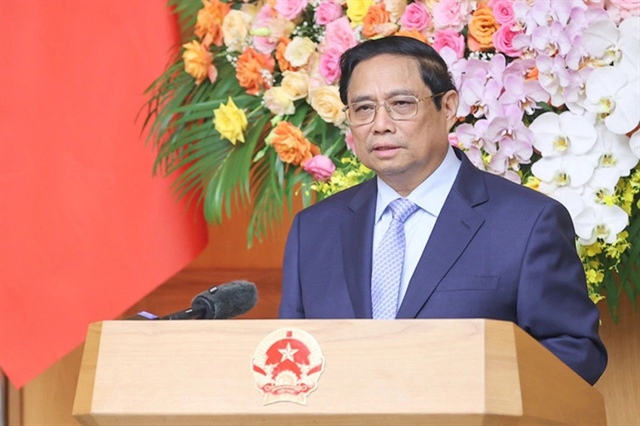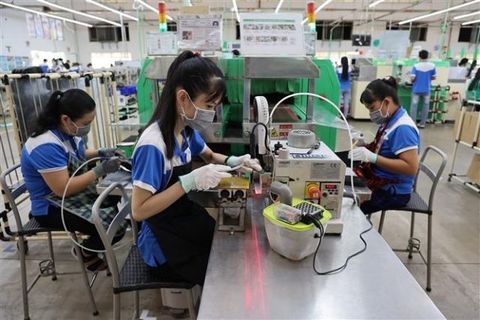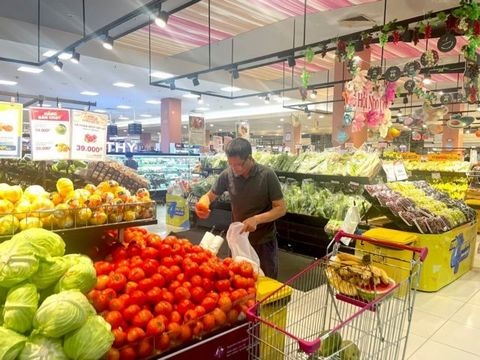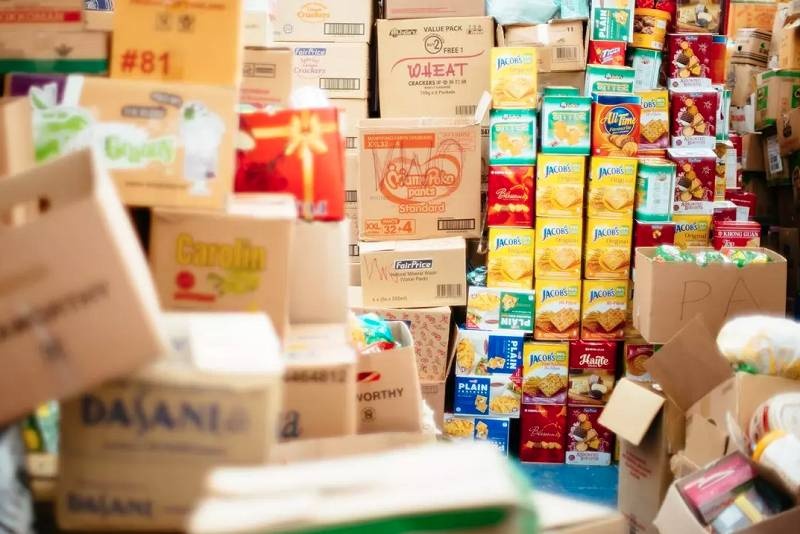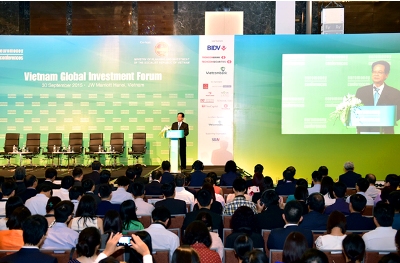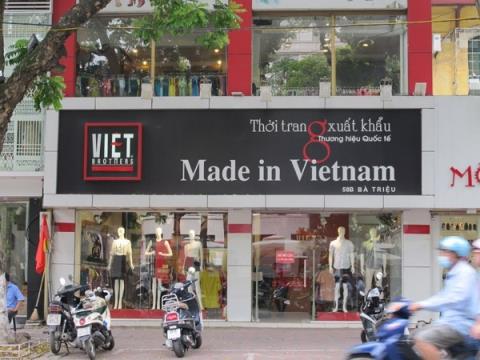Agriculture - the pillar of Vietnam’s stability
Agriculture - the pillar of Vietnam’s stability
Agriculture is the pioneer in reform in Vietnam. The achievement of agriculture innovation is not only recognized by Vietnamese people but also the world: From a poor country that had to import 500,000 to 1 million tons of rice annually, Vietnam in 1989 became the world’s third largest rice exporter.
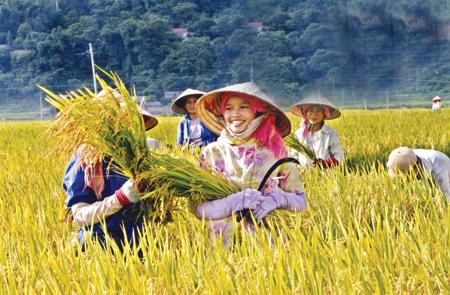
Looking back at the reform in agriculture, from success to failures and shortcomings, new difficulties, VietNamNet talks with Dr. Dang Kim Son, former director of the Institute of Policy and Strategy for Agriculture and Rural Development, and Dr. Vu Trong Khai, former Rector of the School for Training of Rural and Agricultural Management Experts.
Q: From a country that was short of food, a quarter century ago we became the "powerhouse" for rice export. We can say it is the result of agriculture reform. Therefore, the first question is why did we have agricultural renovation?
Dr. Vu Trong Khai: The nature of agriculture renovation is "liberalization". The first crucial thing for the success or failure was Resolution 10 of the Politburo.Earlier, the 30-year implementation of collective agriculture, which considered the cooperative mode which was based on collective ownership of land and other production materials, as the production and distribution unit under the state plan, was ineffective, and also led to a series of weaknesses and other implications.
The introduction of Resolution 10 turned the state-controlled, planned, centralized and bureaucratic economy to the market economy, towards the target of rich people, and a strong country.
This policy has come to life in the most natural, most effective way. Even when the Resolution had not been legalized, it brought about miraculous results. For example, the Resolution was released in April 1988 and in 1989 the country exported over 1.4 million tons of rice. That result did not suddenly come but it was already in our potential, but it was not “untied”.
Q: How did Agriculture Renovation influence the reforms of the country?
Dr. Dang Kim Son: If the reforms of the past 30 years did not succeed, then it would have been very difficult to imagine the situation today!
Overall, thanks to the renewal process beginning with the agricultural sector the economy has developed, people's living standards have improved, and Vietnam’s integration, credibility and reliability in the world have also grown.
Compared with 12 countries in the former socialist system, Vietnam and China are the most successful models of renovation, and both countries started with innovation in the agricultural sector, from rural areas.
Q: Looking deep into the picture of Renovation, the brightest piece is agriculture. Why?
Dr. Dang Kim Son: What everyone can see clearly is that thanks to the strong development of agriculture, food is no longer a matter of concern.
The Vietnamese now no longer worry about hunger anymore. The worry now is much different from the past. This is the worry of the people who have enough food and clothing such as concerns about nutrition, hygiene and food safety.
It is very clear in terms of economics. Our food security has been assured, from a rice importing country we have transformed into a strong rice exporting country. While other economic sectors such as industry, services ... are protected, invested in strongly, they are not the key export items and do not contribute largely to the economy as agriculture does, except for natural resource mining industries such as oil, coal and some outsourcing sectors.
Agriculture is also the only sector with export revenue reaching $31 billion, and the only sector with an increasing trade surplus year after year, while the country has always had a trade deficit.
More importantly, agriculture innovation has created a breakthrough in thinking in comprehensive renovation. The breakthrough to enter the market mechanism aims at the most backward areas, breaking the cooperative mechanism, and bringing back the household economy.
From here, the market front spread, leaving the barriers between locations, opening trade liberalization, and opening towards international integration. Breakthroughs spread from the field to the farmer, from the countryside to the urban areas, and to factories. And up to today breakthroughs from agriculture have spread as far as state-owned corporations, causing democratic change from the grassroots, touching institutional reforms from above.
Therefore, the extremely important contribution of agriculture renovation is not just about economic issues.
Q: In conferences or National Assembly sessions we often heard about the key role of agriculture in the economy. Does the idea come from this background?
Dr. Dang Kim Son: Success in Agriculture Renovation has spread to all other sectors, which is the remarkable truth. Agriculture and rural areas have helped stabilize our society in a turbulent world. Once food security is assured, employment of residents becomes stable. Income is improved, any conflicts of race, religion, and territory are released, people are assured to work. We can attract foreign investment also because of this stability.These are characteristics that many consider to be normal. But if we look to the world then we will see that it is not easy to have social stability.
Let’s imagine if some day the agriculture sector were shaken, what would the economy be like? The social economy would collapse immediately!
Our economy in the past has been in crisis and deadlock, and foreign investment declined, but the agriculture was never shaken. Thus, the economy might have declined, but the society remained stable.
In the past 30 years, we have overcome three big crises thanks to the firm pillar of agriculture. The first time when the socialist camp fell into crisis in the 1980s, and the Soviet Union and Eastern Europe collapsed. The second time occurred in the 1990s when the entire Southeast Asia suffered from a financial crisis. The third time was the world recession that began in 2008.
During these crises Vietnam stood steady on its feet despite economic downturn. The solid platform of agriculture created the fulcrum for the economy to pass through multiple cycles of the world economic crisis.
Q: Why was agriculture so successful in renovation in comparison with many other areas?
Dr. Dang Kim Son: First of all, they are not yet perfect, but basically our agricultural policies are quite reasonable. It is a policy based on the market to create motivation for farmers and agricultural entrepreneurs.
Farmers benefit from what they produce and the state does not take anything from them, even agricultural taxes. Actually, the benefit is not great, but it's extremely important, enough to motivate farmers.
The appropriate policies helped agriculture promote historical advantages. That's natural resources, climate, well developed irrigation system, and diligent and creative farmers. When they are "untied", farmers are free to promote the advantages powerfully.
Q: Does the State not take anything from agriculture? Minister of Agriculture and Rural Development Cao Duc Phat recently reported to the National Assembly that "an egg carries up to 14 kinds of charges". Earlier, the media reported that "one grain bears 40 types of fees". How can you explain this?
Dr. Dang Kim Son: I'll explain it later. However, I would like to assert that the central state did not advocate that. Because they understand that 80% of our farmers are small producers and almost all cannot accumulate enough for re-production or production expansion. They are able to save a little to purchase a television, a motorcycle, etc.
Therefore, the State does not intend and cannot regulate anything from agriculture. The charges and sublicenses were born as a way of taking advantage of the power of the bureaucrats. The Minister of Agriculture and Rural Development will firmly handle this issue. Of course, the State must also be responsible for administrative reform, but there are other aspects of renovation - institutional issues.
In my opinion, agriculture policies were the best choice in limited conditions, when the government and the farmers were still poor and we had to give priority to other areas. This policy can be called “self-reliance".
Thanks to the policies our country's agriculture has developed in the past 30 years at a rate 3-4%/year, a very magical, admirable thing. However, such policies cannot help our agriculture go further!
The achievement of agriculture is enormous but the cost is not small.
In the last five years, growth in agriculture has been declining. Investment capital for agriculture increased in absolute terms but reduced in relative value and was very little, compared with the great contribution of agriculture. Thus, the infrastructure is getting poor. State investment mainly focuses on industry, and urban areas and services in the two key economic areas of Hanoi and HCM City.
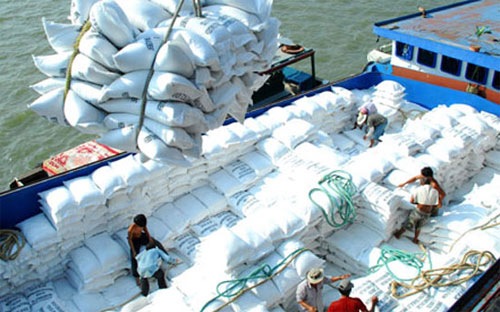
The major agricultural production regions such as the Mekong Delta and the Central Highlands have not been adequately invested in. These areas do not have railways or highways, and lack seaports.
Many research institutes and universities have been established in Hanoi and HCM City. The knowledge necessary for agriculture is concentrated in Hanoi, HCM City and not in rural areas. So how can we have market research, and market development for agriculture? How can we have warehouses and an agricultural processing industry?
Therefore, the added value and the efficiency of agriculture are low. So it is easy to understand why agricultural growth is declining, with low labor productivity; the quality of food safety is also low and diseases have increased ... These things go beyond the management capacity of the agricultural sector.


